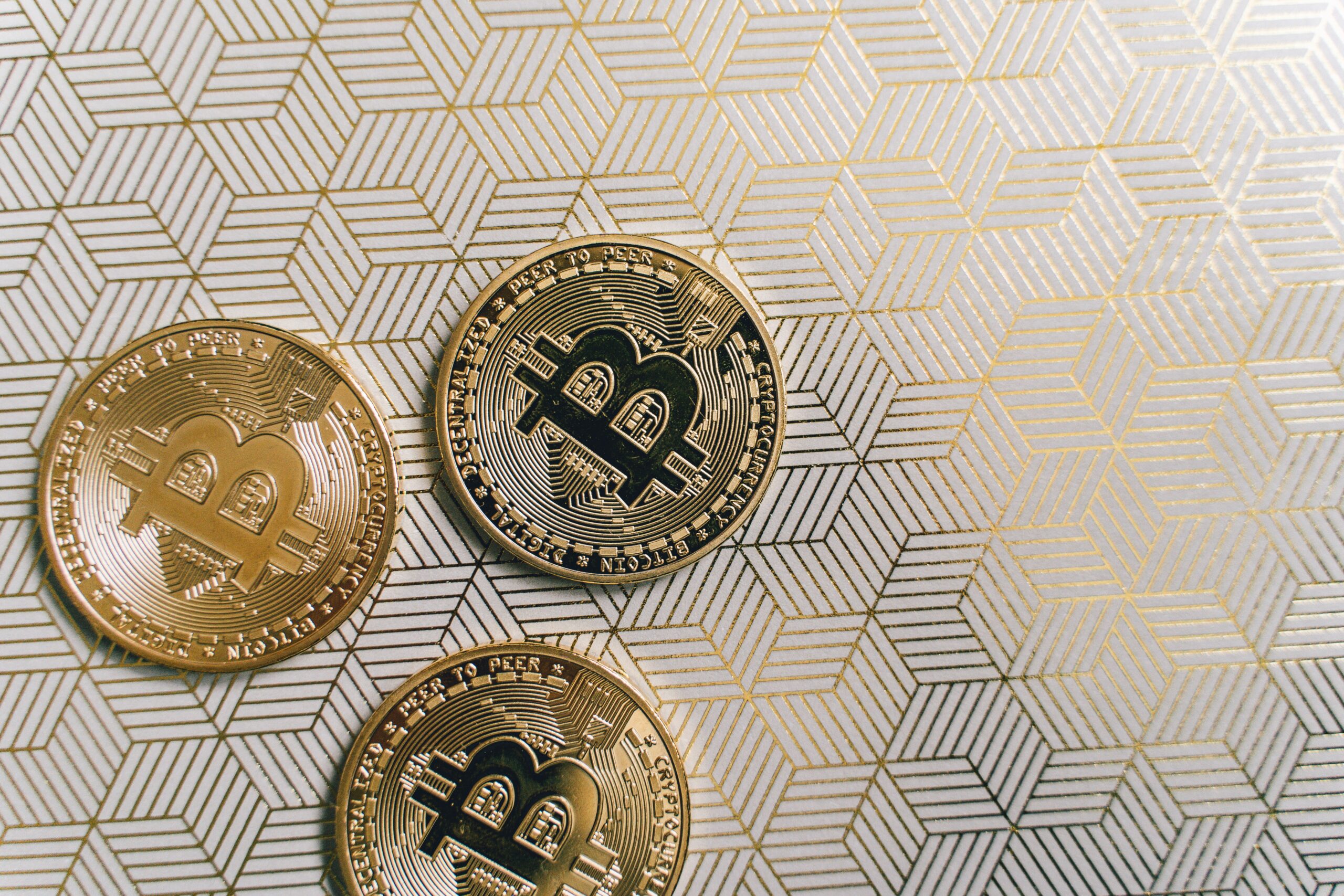What is a Wrapped Token?
The days when there was just a single blockchain to record transactions are long gone. Today, there are dozens of separate chains that are actively operating in the cryptocurrency world. Some of these chains include Ethereum, Solana, and BNB Chain, in addition to several side chains...

The days when there was just a single blockchain to record transactions are long gone. Today, there are dozens of separate chains that are actively operating in the cryptocurrency world. Some of these chains include Ethereum, Solana, and BNB Chain, in addition to several side chains (side chains). The issue of interoperability between different blockchains began to surface over time.
For instance, it is not possible to make direct use of Bitcoin within protocols that are operating on Ethereum. In order to address this issue, a variety of solutions are currently being developed (cross-chain bridges, multi-chain networks such as Cosmos and Polkadot, etc.). The editors of Profinvestment.com suggest taking into consideration an additional intriguing approach, which is the use of wrapped tokens, which are widely utilized in decentralized financial systems.
What are Wrapped Tokens and Why would You Need Them?
A tokenized version of another cryptographic asset is referred to as a “wrapped” coin or simply a “wrapped” coin. The original asset is, in a sense, encased in a wrapper or shell, and, in reality, it is stored in a digital repository that enables the creation of a tokenized version of itself in another blockchain network. This is where the name comes from, and it explains why the original asset is referred to as such.
When the wrapped token is no longer required, it may be traded in for the original coin. This allows the wrapped token to be utilized on a network that is not native to the original asset.
It is easy to understand how wrapped coins are comparable to stablecoins due to the fact that they likewise get their value from another asset. However, stablecoins select a fiat asset to serve as collateral since, as the name suggests, their primary objective is to maintain price stability. Different reasons can be served by wrapped tokens, and volatile cryptocurrencies can be employed as the source of funding.
How exactly do they operate?
Think about the wrapped token’s algorithm in a more generic sense. There may be some little deviations from this standard operating procedure depending on the nature of the project, but generally speaking, this is how things go.
There is a comparable amount of unwrapped coins for each existing wrapped token; the custodian is responsible for keeping these coins safe. The operating concept can be broken down into two steps:
The process of minting or minting is started by the seller, who is also responsible for sending the original asset to the custodian.
The wrapped token is then minted by the custodian, who also transfers to the seller an amount that is comparable to the reserves that were deposited in the source. In a similar manner, the seller has the option of delivering the wrapped token to the custodian in exchange for the original asset.
It is important to keep in mind that the security and dependability of wrapped tokens are to a considerable extent dependent on the dependability of the custodian. After all, it is he who is in charge of storing the funds that are provided by the sellers for the purpose of minting.
Alternatives and Expert Opinions
Therefore, wrapped tokens ensure a convenient interoperability between blockchains, allowing users to easily move assets and take advantage of functionality and applications on other chains in addition to the chain on which their asset operates. This means that users are no longer limited to using only the chain on which their asset functions. This may result in a number of advantageous outcomes, such as the acceleration of financial transactions, the reduction of associated fees, or an increase in the profits derived from income farming.
As a result, the amounts of WBTC that are now in circulation are continually going up. The use of cross-chain bridges is often regarded as this solution’s most significant rival. However, this approach carries a higher level of danger because the protocols themselves are a tempting target for cybercriminals. Because of the numerous security flaws that cross-chain applications have, Vitalik Buterin has expressed his “pessimism regarding cross-chain applications” in writing. He went on to say that “it is always safer to store Ethereum assets on Ethereum or Solana assets on Solana than it is to store Ethereum assets on Solana or Solana assets on Ethereum.”
Conclusion
The Ethereum blockchain is used by a significant portion of the decentralized financial ecosystem. Therefore, wrapped tokens and other solutions for compatibility between different chains are of great benefit to owners of BTC or other cryptocurrencies. These solutions allow you to trade or earn on profitable farming in a decentralized manner, without intermediaries; this does not require you to sell your assets; all you need to do is leave them as collateral to mint suitable tokens.
A swap in the opposite direction is always a possibility. This offers additional liquidity from other chains, which is helpful for both the protocols themselves and the protocols themselves as a whole. It should come as no surprise that the solution is actively being created, and that new means for putting it into action are also appearing.
